Also by James Craig
Production for the Graphic Designer
Phototypesetting: A Design Manual
Basic Typography
Working with Graphic Designers
Graphic Design Career Guide
Thirty Centuries of Graphic Design
www.designingwithtype.com
www.designingwithtype.com/5
Copyright 1971, 1980, 1992, 1999, 2006 by James Craig
This revised edition first published in 2006 by Watson-Guptill Publications, a division of VNU Business Media, Inc., 770 Broadway, New York, NY 10003
www.wgpub.com
Library of Congress Cataloging-in-Publication Data
Craig, James, 1930
Designing with type: the essential guide to typography.5th ed./by James Craig, Irene Korol Scala, and William Bevington.
p. cm.
Includes bibliographical references and index.
eISBN: 978-0-8230-8560-6
1. Graphic design (Typography)
I. Scala, Irene Korol. II. Bevington, William. III. Title.
Z246.C69 2006
686.22dc22
2005029914
Every effort has been made to trace the ownership of and to obtain permission to reproduce the material in this book. The authors, editors, and publisher sincerely apologize for any inadvertent errors and will be happy to correct them in future editions.
All rights reserved. No part of this publication maybe reproduced or used in any form or by any meansgraphic, electronic, or mechanical, including photocopying, recording, taping, or information storage and retrieval systemswithout written permission of the publisher.
v3.1

Contents
Introduction
 Typography, the art of designing with type, is probably the most important subject students will study in school. As professional graphic designers they will be called upon to perform many design tasks, most requiring a thorough knowledge of typography. Few assignments will be devoid of type, and many will consist entirely of type. Words will always remain central to communication.
Typography, the art of designing with type, is probably the most important subject students will study in school. As professional graphic designers they will be called upon to perform many design tasks, most requiring a thorough knowledge of typography. Few assignments will be devoid of type, and many will consist entirely of type. Words will always remain central to communication.
Todays graphic design students will be the typographers of the future, and their success will be determined to a great degree by how well they are able to design with type.
Typography Today
Typography is a living art, with each generation of designers contributing something new and innovative. It is an art that continues to grow and change, drawing both praise and criticism.
This scrutiny is not unprecedented; typographic changes and experimentation have been criticized throughout history. Gutenbergs type was too cold and lacked the warmth of handwritten scripts. Subsequent typefaces designed over the centuries were criticized as having too much contrast and thereby causing eye strain and dizziness, while others lacking serifs were considered difficult to read.
The controversy continues. No longer is type required to be invisiblethat is to serve as a quiet vehicle for enhancing the meaning of the text. Now type can be expressive, entertaining, challenging, outrageous, and in the best examples, fine art.
Some designers welcome change and the freedom to experiment, while others prefer a more traditional approach. Still others believe the old and the new can co-exist, which in the end will lead to a richer, more diverse world of typographic expression. However, there is no consensus when it comes to typography. Students should keep an open mind, embrace all forms of typographic expression, and from this perspective develop their own personal esthetic.
Hopefully, each new generation of graphic designers will continue to redefine the boundaries and conventions of their art. Some innovations will withstand the test of time, while others will simply represent passing fashions. All will add to the rich history of typography.
The Fifth Edition
Although typography can be taught in a number of ways, it is generally agreed that the most successful curricula are built around a knowledge of metal type because metal type is the source of our typographic vocabulary. This new edition of Designing with Type combines this rich foundation with todays technologies from which readers can acquire a deep and thorough understanding of typography.
In response to todays needs, we have completely redesigned and reorganized the contents, introduced full color throughout, and added much new information without omitting features that have made this book such a valuable tool.
Designing with Type was first published more than thirty-five years ago. The book has sold more than a quarter million copies and has been adopted by design schools around the world. All this would suggest that in spite of dramatic changes in the design industry, Designing with Type continues to educate and inspire. We believe this fifth edition will be a most useful companion to a new generation of graphic designers.
The Web Site:
www.designingwithtype.com/5
A major innovation of this latest edition has been the integration of the book with the Web site www.designingwithtype.com/5, where students and faculty members can examine hundreds of solutions to design projects and explore a world of typographic information. 

Basics of Typography
)
)
)
The art of designing with type began in the West around 1455 when Johannes Gutenberg perfected the craft of printing from individual pieces of type. From this early technology we draw a great deal of our current terminology. This section introduces the origins of the alphabet, and defines the terms and measurements that will form the basis of your typographic vocabulary. Once you are familiar with this information, you will be able to communicate your ideas clearly and work efficiently with type.
Origins of the Alphabet
Click here to read about the origins of the alphabet on the Designing with Type website
 Before proceeding with the more practical aspects of typography, lets first consider the twenty-six letters we call our alphabet. We tend to forget that the alphabet is composed of symbols, each representing sounds made in speech. The symbols we use today are derived from those used thousands of years ago. However, the ancient forms did not represent sounds but were pictures of things or symbols for ideas.
Before proceeding with the more practical aspects of typography, lets first consider the twenty-six letters we call our alphabet. We tend to forget that the alphabet is composed of symbols, each representing sounds made in speech. The symbols we use today are derived from those used thousands of years ago. However, the ancient forms did not represent sounds but were pictures of things or symbols for ideas.
Pictographs
At some point in time, people began to communicate visually. They made simple drawings of the things that existed in their worldpeople, animals, tools, and weapons, for example. These basic images, called pictographs, were symbols representing objects, such as an ox or a house (1).








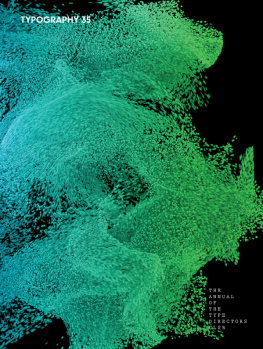
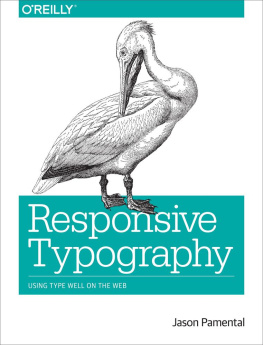
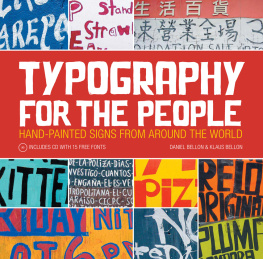
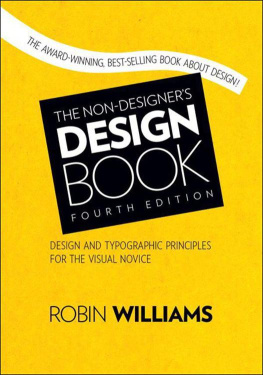
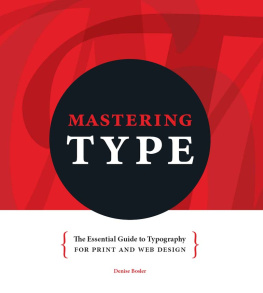
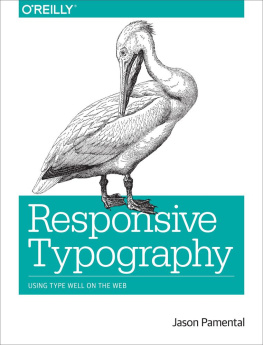
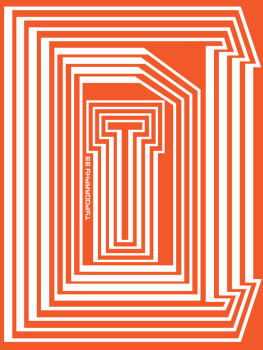
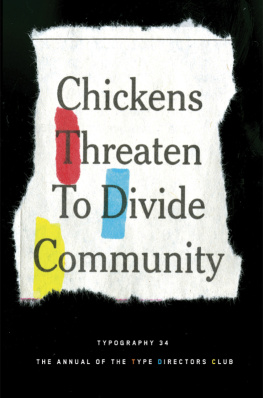
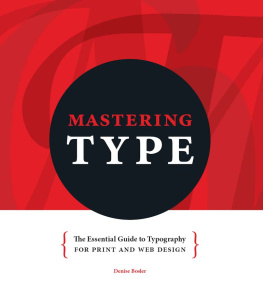
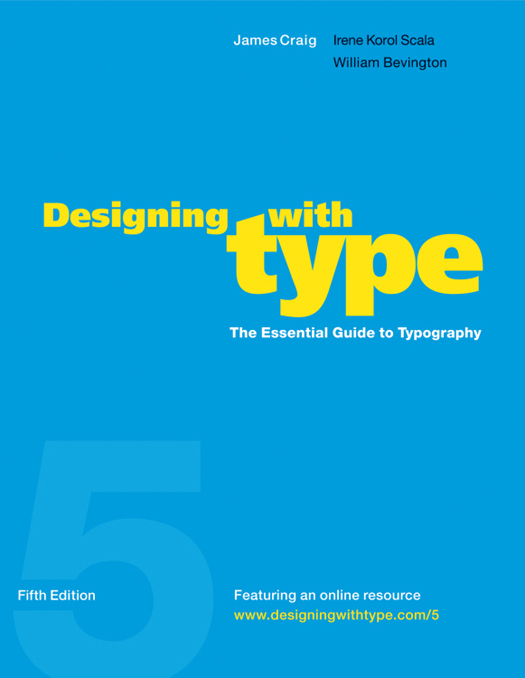


 Typography, the art of designing with type, is probably the most important subject students will study in school. As professional graphic designers they will be called upon to perform many design tasks, most requiring a thorough knowledge of typography. Few assignments will be devoid of type, and many will consist entirely of type. Words will always remain central to communication.
Typography, the art of designing with type, is probably the most important subject students will study in school. As professional graphic designers they will be called upon to perform many design tasks, most requiring a thorough knowledge of typography. Few assignments will be devoid of type, and many will consist entirely of type. Words will always remain central to communication.